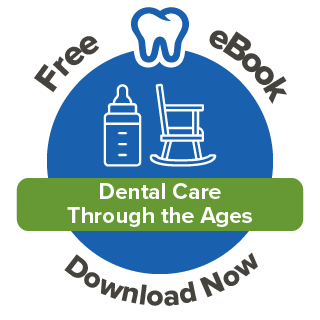By Astrid Graterol on Sep 21, 2022 @ 10:53 AM
Dental cleanings are essential preventive dental treatments that remove excess plaque, tartar, and bacteria from the surface of a person’s teeth in order to minimize the risk or severity of tooth decay and gum disease. Depending on the conditions of a patient’s oral health, there are four different types of dental cleanings that a dentist may recommend:
1. Prophylaxis Cleaning (Standard Dental Cleaning)
The term prophylaxis implies to a preventive measure, which is what a standard dental cleaning is. This is the type of teeth cleaning that a dentist performs during a routine dental checkup, which is typically every 6 months. This type of cleaning is for patients in good oral health standing. Prophylaxis dental cleanings remove plaque buildup from the tooth structures that sit above the gumline. It is a process that involves:
- A visual exam
- Scaling
- Polishing
- Fluoride treatment
The procedure removes plaque and stains while adding a new layer of minerals to the enamel.
2. Gross debridement
Gross debridement cleanings are the most heavy-duty of teeth cleanings designed to clean teeth with copious amounts of plaque and tartar. The procedure is generally practiced on patients that haven’t been to the dentist in over a year or individuals that have developed hardened plaque on their teeth surfaces. Since plaque hardens into tartar, an electrical tool is used to loosen tartar during gross debridement cleanings. Once the excess plaque and tartar have been removed, a prophylaxis cleaning is performed to further clean the teeth.
3.Scaling and root planing
Scaling and root planing, also known as a deep cleaning, is performed on patients who are affected with gum diseases such as gingivitis or periodontitis. There are two main steps to this type of cleaning, scaling, and root planing. Scaling is the process that removes plaque and tartar from the tooth’s surface and in the gum pockets below the gum line. Root planing is the process of smoothing the teeth roots, which helps the gums reattach.
4. Periodontal maintenance
For those who are affected by gum disease, periodontal maintenance is essential. This type of cleaning is designed to treat gum disease and requires continuous maintenance of a patient’s oral health. The main thing that sets periodontal maintenance cleanings apart is that they are usually performed more often than other types of dental cleanings. Frequent appointments will be scheduled to check on the condition of a patient’s teeth and if necessary, the dentist will perform a standard or deep cleaning.
Not all dental cleanings are the same. Some patients may have oral health issues that require a more aggressive form of teeth cleaning. In such cases, dental cleaning becomes a corrective procedure instead of a preventive one. That’s why it is important to maintain a good oral health regimen at home. Brushing your teeth twice a day and frequently flossing will help prevent plaque buildup. If you haven’t already, make an appointment with your dentist today to schedule your next dental cleaning.





comments